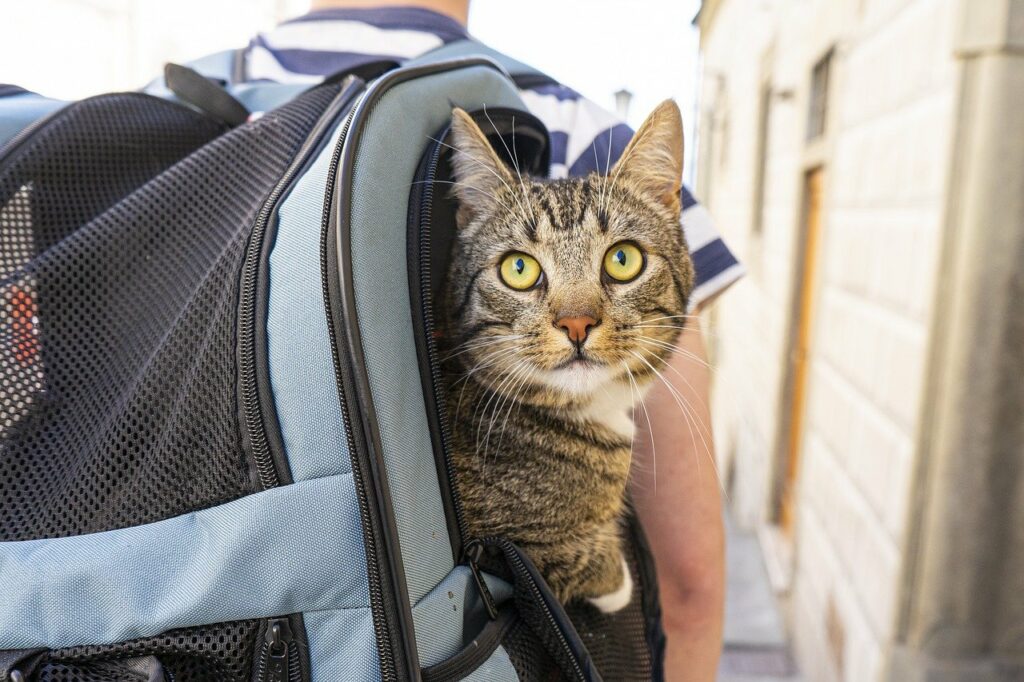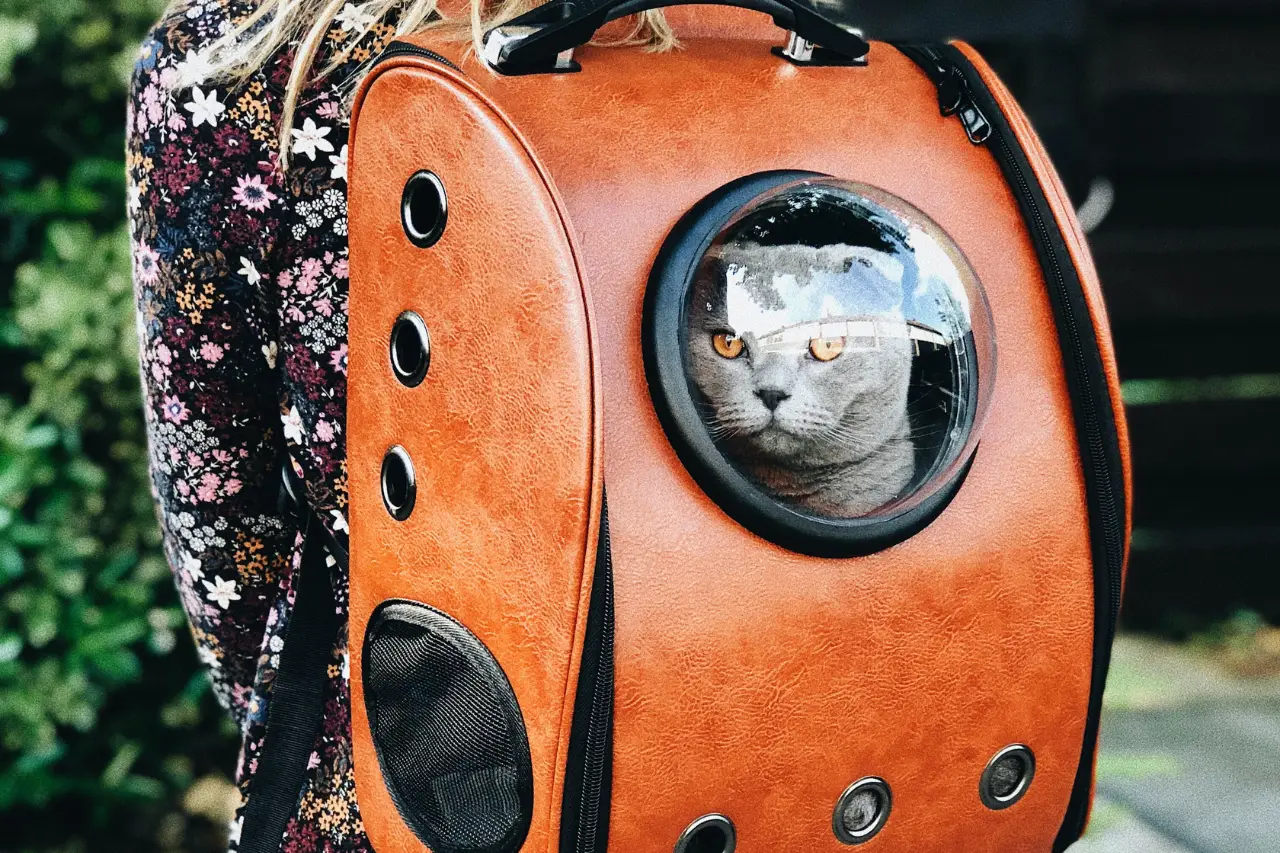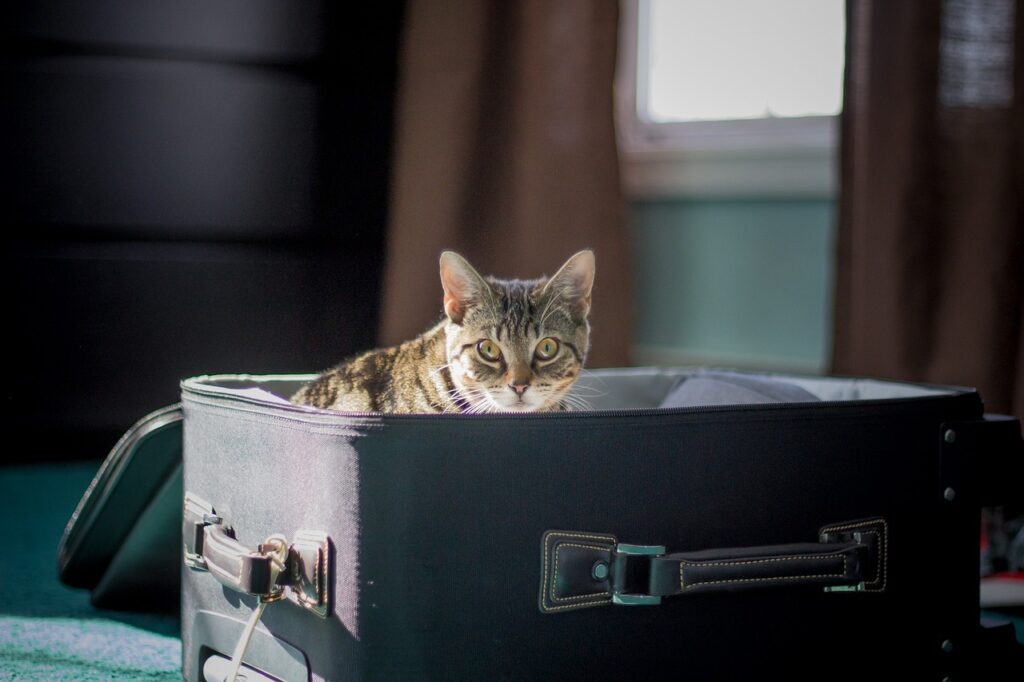Are you embarking on a journey with your feline companion? Ensuring a stress-free travel experience for both of you is paramount. I’m here to guide you through choosing the perfect cat sedative for travel, diving deep into both over-the-counter and veterinarian-prescribed options.

Decoding Cat Sedatives
A cat sedative for travel is an invaluable tool for pet owners who are looking to ensure their feline friends remain calm and stress-free during travel and other potentially stressful situations. Understanding the types, uses, and safety of these sedatives is crucial for making an informed decision that prioritizes your cat’s well-being.
Over-the-Counter Sedatives
Over-the-counter cat sedatives are easily accessible and can be found in pet stores or online. Pet owners, especially when meticulously following the product’s instructions, generally consider them safe for use.
These sedatives typically comprise natural ingredients or milder synthetic components designed to provide a calming effect. Herbal extracts like valerian root, chamomile, and lavender, commonly feature as ingredients due to their traditional use for their soothing properties.
Types of Over-the-Counter Sedatives
- Pheromone-Based Products: These replicate the natural pheromones that cats produce, creating a sense of familiarity and safety. Feliway, for instance, is a popular choice among cat owners.
- Calming Supplements: Available in various forms such as chews, powders, or capsules, these supplements often contain a blend of ingredients believed to promote calmness.
- Calming Collars: Infused with soothing ingredients, these collars release calming agents over time, providing a constant source of comfort for your cat.
Over-the-counter sedatives are non-prescription, making them more accessible. However, it’s crucial to choose products from reputable brands and to closely observe your cat during their first use to ensure there are no adverse reactions.

Over-the-Counter SedativesPrescribed Sedatives
Tailored Solutions for Your Cat’s Specific Needs
Sedatives prescribed offer a more potent solution and tailor to meet the specific needs of your cat. These are provided after a thorough evaluation and consultation with your veterinarian.
Your veterinarian will conduct a comprehensive assessment of your cat’s health, considering factors such as age, weight, existing health conditions, and the nature of the stressor. This in-depth evaluation ensures that the sedative prescribed is both safe and effective for your cat.
Types of Prescribed Sedatives
Benzodiazepines: Medications like Diazepam or Alprazolam fall under this category, offering strong sedative and anti-anxiety effects.
- Anti-Anxiety Medications: These can include selective serotonin reuptake inhibitors (SSRIs) or tricyclic antidepressants (TCAs), which work by altering the levels of specific neurotransmitters in the brain.
- Other Sedatives: Medications like Gabapentin, which is often used for pain and seizures, can also provide a calming effect.
Administration and Monitoring a Cat Sedative for Travel
Prescribed sedatives require precise dosing and close monitoring, especially when used for the first time. Your veterinarian will provide detailed instructions on how to administer the medication and what signs to look out for in case of any adverse reactions.
Ensuring Safety and Efficacy
While stronger and more potent, prescribed sedatives come with an assurance of safety and efficacy when used as directed. Your veterinarian’s guidance is paramount in ensuring that your cat receives the right medication at the right dose.

Understanding Cat Behavior & What to Look Out For
Cats are creatures of habit and tend to be sensitive to changes in their environment or routine. Stress and anxiety can manifest in various behavioral changes, and as a pet owner, recognizing these signs is crucial.
Here we dive deeper into the understanding of these stress indicators and determine when it might be necessary to consider a cat sedative for travel for your feline companion.
- Hiding: Seeking Solace and Security – Cats often retreat to secluded areas when they feel threatened or stressed. While some cats are naturally more introverted, a sudden increase in hiding behavior can be a cause for concern. Pay attention to changes in your cat’s usual hiding spots and frequency. If your cat is spending an excessive amount of time away from its normal activities or social interactions, it could be a sign of stress.
- Excessive Vocalization: A Cry for Help – Cats communicate through vocalizations, and an increase in meowing, yowling, or other sounds can indicate distress. Listen for changes in the pitch, volume, or frequency of your cat’s vocalizations. Don’t ignore excessive and persistent vocalizing, especially if it’s out of character for your cat.
- Aggression: A Defensive Response – Stress can lead cats to exhibit aggressive behaviors, which may be directed toward other pets, humans, or inanimate objects. Look for signs of aggression such as hissing, swatting, biting, or puffed-up fur. Understand that aggression can be a sign of fear and that your cat may require a calm and safe space to de-escalate.
- Changes in Bathroom Habits: A Physical Manifestation of Stress – Stress can lead to changes in bathroom habits, including urinating or defecating outside the litter box, and changes in the frequency or consistency of elimination. Monitor your cat’s litter box for any changes and pay attention to any accidents around the home. Persistent changes should be discussed with a veterinarian as they can also indicate medical issues.
- Over-Grooming: A Compulsive Coping Mechanism – Over-grooming is a common stress response in cats, leading to hair loss and potential skin irritation. Look for bald patches, redness, or irritation on your cat’s skin. Pay attention to your cat’s grooming habits, noting any increases in frequency or intensity.

Are Cat Sedatives Safe?
Yes, cat sedatives are safe when used responsibly. Generally, over-the-counter options are very safe, and you should strictly follow your veterinarian’s directions when using prescribed products. Never overdose and ensure proper monitoring of your cat after administration.
Recommended Cat Sedatives
Over-the-Counter Cat Sedatives for Travel
- Feliway: A synthetic pheromone mimicking those produced by mother cats. Available as a diffuser or spray.
- Zylkene: A calming dietary supplement containing alpha-capsazepine, suitable for cats of all ages.
- Composure: A blend of calming agents available in chewable form.
- Bach Rescue Remedy: A homeopathic remedy designed to reduce stress and anxiety.
Prescribed Medications
- Benzodiazepines: Medications like Xanax, Ativan, and Valium, are known for their calming effects.
- Tricyclic Antidepressants (TCAsJM): Medications like Anafranil and Elavil, are used to treat anxiety disorders.
- Selective Serotonin Reuptake Inhibitors (SSRIs): Medications like Prozac and Paxil, are also used for anxiety disorders.
- Gabapentin: A versatile medication used for seizures, pain, and anxiety.
- Acepromazine: A sedative used for calming and before veterinary procedures.
Safely Administering Cat Sedatives
Administering sedatives safely is crucial. Here are some tips for how to administer a sedative to your cat.
- Pills: Open your cat’s mouth and place the pill at the back of the throat. Ensure they swallow.
- Liquid Medications: Use a dropper to administer the correct amount directly into the mouth or mix it with food.
- Feliway: Spray bedding and the travel crate. Always follow the directions. Whether it’s an over-the-counter or prescribed sedative, follow all guidelines carefully.
Ensuring a Calm Journey: The Final Takeaway on Cat Sedative for Travel
Choosing the right cat sedative for travel ensures a serene journey for your feline friend. Understand the options, know the signs of stress, prioritize safety, and follow administration guidelines for a seamless experience. Your cat’s well-being is paramount, and with the right knowledge, you’re set for success.




